
Eye Exercises for Farsightedness
If you struggle to read the menu at a restaurant or decipher an incoming text from your kids, you aren’t alone. In fact, between 5-10 percent of Americans suffer from farsightedness, which prevents them from seeing things up close clearly. Luckily, you don’t have to suffer from farsightedness forever. There are easy eye exercises and remedies that can help cure farsightedness naturally.
What Is Farsightedness?
Farsightedness, or hyperopia, is just as it sounds – it’s the opposite of nearsightedness. Nearsightedness, or myopia, occurs when you can see things up close but have difficulty focusing on things far away from you.
Farsightedness is also a refractive error, but it affects your ability to see objects up close clearly. In some cases, you can have hyperopia but not notice any vision impairments. Instead, you may notice that your eye muscles are tired and sore more often.
This is because farsightedness causes your eye muscles to work harder to make things out clearly. As a result, you may experience more pain and discomfort. In fact, a recent study found that people who suffer from hyperopia are significantly more likely to experience headaches.
There are a few different causes of hyperopia, but the most common is the aging process. As we age, our eyes experience wear and tear, just as the rest of our body does. Our vision is also vulnerable to the environmental, lifestyle, and familial factors in our lives.
Symptoms of farsightedness can include:
- Blurry vision
- Eyestrain
- Discomfort
- Restlessness and irritability
And, if those aren’t bad enough, farsightedness can even result in a poor attention span and crossed eyes.
How to Correct Farsightedness
If you go to the optometrist worried about farsightedness, corrective lenses are often the first solution they prescribe. However, glasses and contacts don’t help with the root cause of the problem – they are more of a band-aid solution. They provide relief in the moment but don’t address underlying eye issues. As you get older, you will need new solutions to focus well, besides getting glasses.
Eye Exercises for Farsightedness
Here are some easy eye-strengthening exercises for farsightedness that you can add to your regimen. Who knows? They may even help correct farsightedness without glasses.
1. Resting
This eye exercise isn’t actually an exercise at all. In fact, it’s quite the opposite! Rest is of the utmost importance for your eye health. Unlike the rest of your body, your eyes are always working. If your legs are tired, you sit down and rest. If your arms are tired, you relax them for a while. But if your eyes are tired, you usually continue using them.
If you suffer from farsightedness, your eyes need rest even more than eyes without any refractive errors because they are working harder. If, for example, you’re doing a lot of work on a computer, you need to take regular breaks from staring at the screen.
Try to follow the 10-10-10 Rule. For every 10 minutes of looking at a computer, try to look at something 10 feet away for 10 seconds. This will help your eyes to focus on something further away, which relaxes the muscles that contract when looking at something up close.
2. The William Bates Method
Dr. William Bates was a world-renowned American eye doctor in the early 1900s. He created a set of farsightedness eye exercises that are designed to strengthen your eye muscles. He suggested that you practice these two things: swinging and palming.
Palming is where you cover your eyes with your palms to get total darkness. To do this, before placing your hands on your eyes, first rub your hands together to make them warm. Then, place them on your eyes without putting any undue pressure on them. Take deep breaths, relax, and concentrate on the darkness. Do this for about 10 minutes every day. This is another great way to rest your eyes.
Bates also suggested that you practice swinging. To complete this exercise, focus on something in the distance. It could be a tree across the street or a chair on the other side of the room. Then, sway from side to side while maintaining a steady focus on the object. You should also blink to keep your eyes moist and clean as you’re doing this. This will strengthen your eye muscles and help to alleviate eye strain associated with hyperopia.
3. Blinking
Blinking is something that we do naturally all the time. However, there are some instances where we don’t blink as much as we should. When we’re looking at a TV or a computer screen, we do it a lot less. Sometimes it’s so little that it causes eye strain and dry eye syndrome.
Blinking rehydrates the eyes and also gives your eyes a temporary break from focusing. This helps to prevent eyestrain. If you spend a long time looking at a computer screen, ensure that you try to blink regularly. This will help your eyes reset and reduce the chances of computer-induced eyestrain.
Following these simple steps could make a world of difference. First, shut your eyes quickly, squeeze them tightly, and feel your facial muscles moving. Keep this up for 3-5 seconds. Then, open your eyes slowly and relax the muscles. Next, keep them open for another 3-5 seconds. Repeat this process 6 or 7 times. It’s one of the easiest farsightedness eye exercises you can implement.
4. Roll Your Eyes
Rolling your eyes is easy and can really help with your vision. Plus, it can feel very satisfying. Like blinking, you don’t need to sit down and do this during a set exercise plan. Instead, you can do it at any time of the day.
To do this exercise, first take a break from what you are doing, sit back, and roll your eyes in a circular motion. Do this in both clockwise and counterclockwise directions for about one minute in total. This will help your eyes stay lubricated and also alleviate eye strain. And, it can build strength in your muscles over time, which makes it a great potential eye exercise to remove glasses.
5. Eye Movement Exercise
To complete this exercise, you will first need to pick three different targets in your line of sight – one close-up, one mid-distance, and one far away. Then, rapidly move your eyes back and forth between these objects, tracing an “X” shape between them. Repeat this about ten times, give yourself about 30 seconds to rest, and then repeat either once or twice more. It is also important to take several deep breaths throughout this exercise to relax any tension or strain you may feel during this exercise session.
Nutrition for Farsightedness
Nutrition is also extremely important in order to correct farsightedness naturally. Like other organs in your body, your eyes need vitamins and minerals to function properly. Helpful vitamins for farsightedness include:
- vitamin C
- vitamin D
- calcium
- magnesium
- omega-3 fatty acids
- selenium
This is because many of these nutrients slow down the aging process, keeping your eye muscles younger, longer.
Many fruits and vegetables contain high levels of vitamin C and vitamin D. The best fruits to eat are citrus fruits, berries (strawberries, raspberries, blueberries, blackberries), fortified orange juice, and kiwis. For vegetables, think green and leafy. Broccoli, kale, Brussels sprouts, collard greens, and spinach are your best bets.
Calcium is an easy nutrient to incorporate into your diet by adding yogurt, milk, tofu, or cottage cheese. You can find magnesium in spinach, almonds, cashews, brown rice, whole-wheat bread, and avocados.
Significant levels of selenium can be obtained by eating yellowfin tuna, halibut, ham, sardines, shrimp, brown rice, eggs, and some beef.
You want to make sure your body is getting everything it needs to stay healthy. By simply adding the right vitamins, minerals, and herbs into your diet, you can maintain healthy eyes and keep your vision in the best possible condition.
By incorporating these simple eye exercises to improve vision into your daily routine, you can address your farsightedness naturally. Incorporating these nutrients for farsightedness as well will also help improve your vision. With consistency and practice, you’ll be picking up a menu and checking your texts without a second thought about grabbing your glasses. Ultimately, you’ll be enjoying better vision – for life.
Our Rebuild Your Vision Ocu-Plus Formula Contains All 17 Vitamins, Minerals, and Herbal Supplements to Improve Your Eye Health!

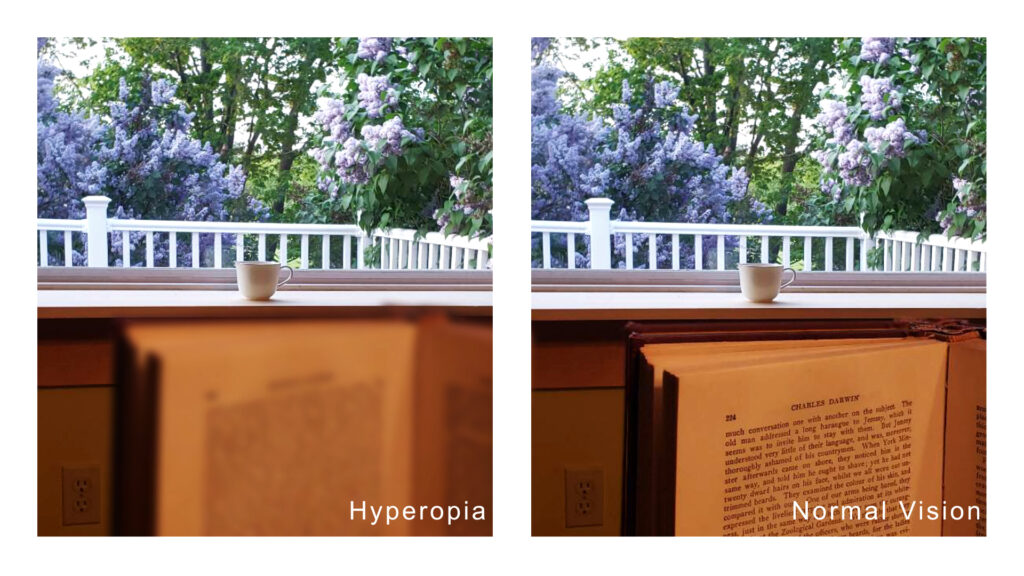


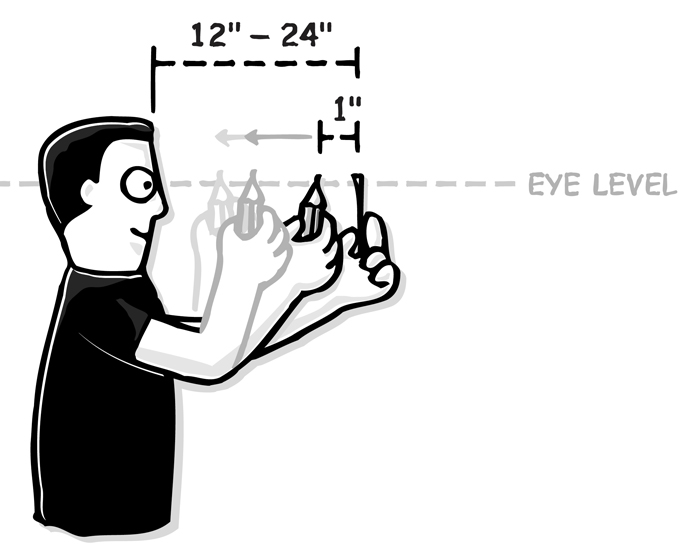
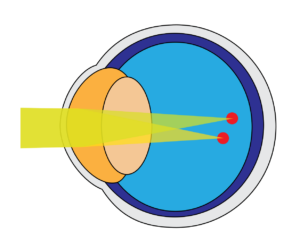

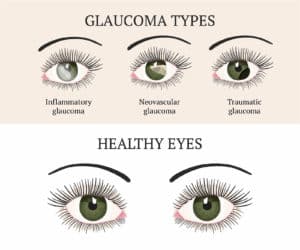
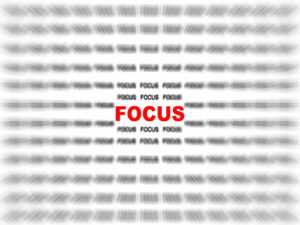
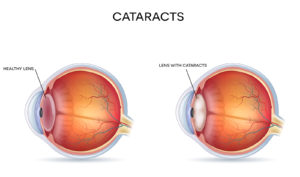
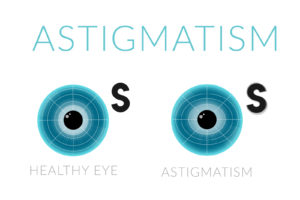


i suggest you to do followings.
1st. don’t wear lenses or glasses. let your eye do the all work without them.
2nd. blink more often.
3rd. perform eye exercises 3 times a day, you can search them on internet.
4th. most important, don’t forget to let your eye take some rest, i suggest to give rest to your eyes at every 1 hour at least as you have constant work on laptop. or that, close your eye and cover them with your palm without pressuring your eyes. and keep your eyes close while doing this. hope this works.
all the best
Hello! Im suffering from hypermetrophia from my small age I’m I have a power of 6.0 in right and5.0 in left withoit spectacles I can’t see things clearly without glasses So, I need a good exercise for my eyes so I I need a good exercise to reduce my eye power faster my dream is to see the world clearly without spectacles
How many months gone to get a perfect vision ? Plz tell me anyone plzz
Sir i m suferring from hyperopia by some points i.e 0.25 and 0.75….as i applied in gdp bt was rejectd due to the defect…can i clear my vision again by these exercises??
sir, I work on a laptop everyday in about 7 hours. so, my lens no. is increases 1no. in every six month. I don’t suffer from mayopia but suffer from hyperopia. send me some more ideas here.
very nice information, helpful to reduce eyes strain.
Thnks for ur information
l am sithiyar from myanmar. I really feel sorry and I am very tried of my eye. my eye are retina detechments. so how should i do.
I am hyperopia and dry eyes can this exersise help me
Thanks for this information on exercises! Will definitely give them a try and see how they work!
Thank You in advance. I just came from an Eye Doctor and he was suggesting Sursery. While driving Home I remember hearing of an Exercise that would improve Astigmation but did not have the time to learn More. Today while reading the WebMed about eye care I found a Link to your WebSite. I am 72 years old and have more Time and would like to Learn and Practice your Tips for Improving my Eye Site.
I will be back after 2 weeks👊. I can’t see a thing, hope this works for me or else im doomed. Hahahaha jk
What is exercise do for eyes
Yes it will it will cure quickly 2 – 4 months